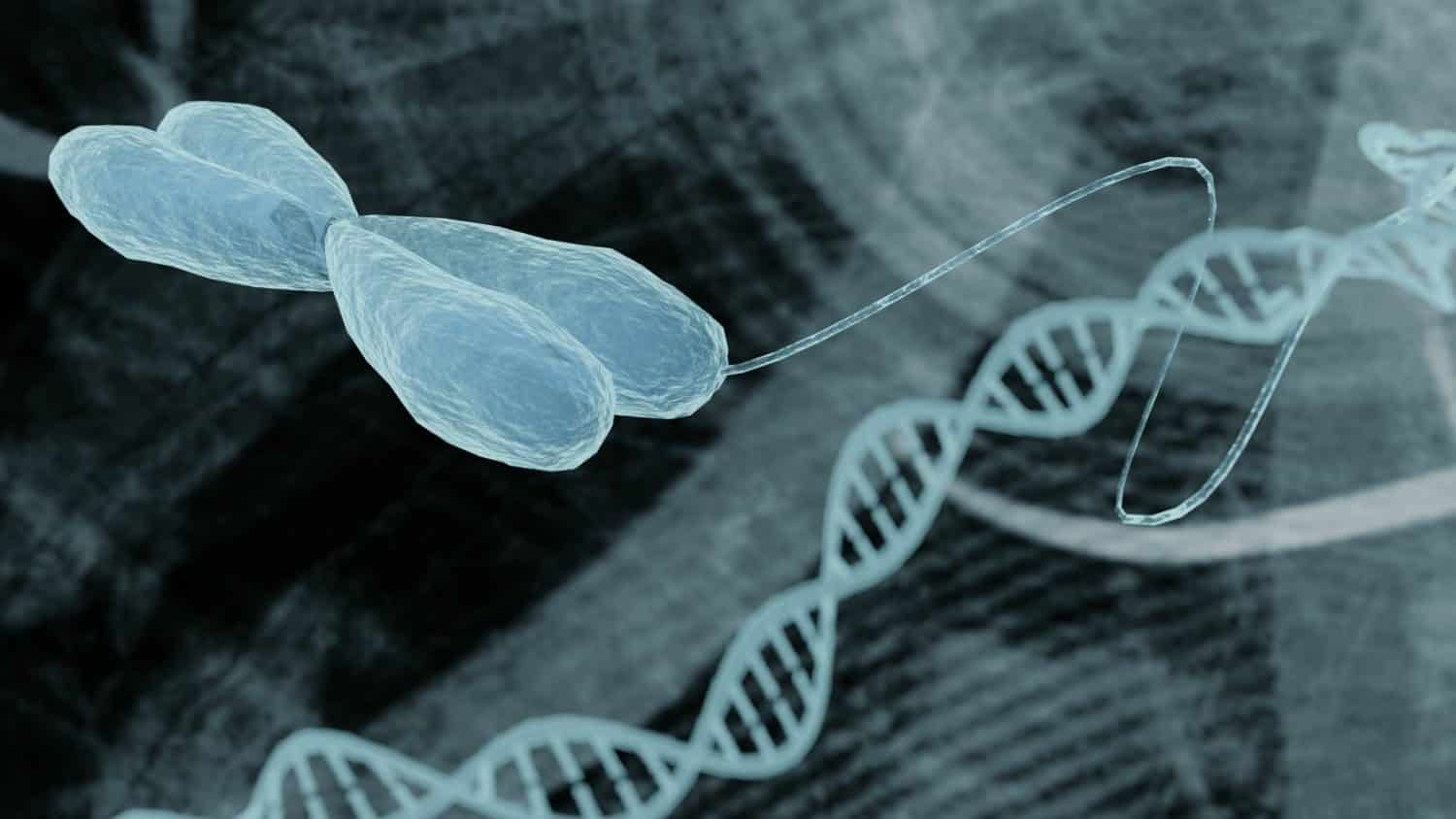Scientists Use Programmable Self-Assembling Cells to Create Complex Tissues
Engineered tissues have applications in basic sciences, drug testing, and regenerative medicine. A key challenge for tissue engineers is to build or grow tissues in vitro that reproducibly incorporate key structural motifs of the corresponding tissue in vivo.
Tissue folds are a widespread and crucially important structural motif because they contribute to tissue function in adults.
While tissue folding in vivo can be highly reproducible and robust, folding remains difficult to reconstitute or control in vitro. For example, many popular organoid models can faithfully reproduce epithelial architecture and composition across tens to hundreds of micrometers, but the size and shape of folded architectures can vary considerably from organoid to organoid, particularly over larger length scales.
In principle, engineers could guide the formation of folds from simpler structures by combining top-down engineering with the intrinsic self-organizing properties of cells and ECM. According to this strategy, engineers would use top-down tools to define the initial conditions of a culture and then leverage the autonomous cellular processes underlying tissue self-organization to drive folding along a single trajectory.
Similarly, now, researchers at the University of California in San Francisco are trying to recreate early development, and then leaving it up to cells to fold themselves
into the necessary structures.“Development is starting to become a canvas for engineering, and by breaking the complexity of development down into simpler engineering principles, scientists are beginning to better understand, and ultimately control, the fundamental biology,” says senior author Zev Gartner, part of the Center for Cellular Construction at the University of California, San Francisco. “In this case, the intrinsic ability of mechanically active cells to promote changes in tissue shape is a fantastic chassis for building complex and functional synthetic tissues.”

Presently, labs use 3D printing or micro-molding to create 3D shapes for tissue engineering, but the final product often misses key structural features of tissues that grow according developmental programs.
But Gartner’s approach uses a precision 3D cell-patterning technology called DNA-programmed assembly of cells (DPAC) to set up an initial spatial template of a tissue that then folds itself into complex shapes in ways that replicate how tissues assemble themselves hierarchically during development.
The team created simple models to predict the behavior, development and folding patterns of these cells and tissues. And, as a bit of a surprise to the team, the cells behaved as predicted, allowing the team to build living constructs from developmental folding and shape-forming behaviors.
“We’re beginning to see that it’s possible to break down natural developmental processes into engineering principles that we can then repurpose to build and understand tissues,” says first author Alex Hughes, a postdoctoral fellow at UCSF. “It’s a totally new angle in tissue engineering.”
“It was astonishing to me about how well this idea worked and how simply the cells behave,” Gartner says. “This idea showed us that when we reveal robust developmental design principles, what we can do with them from an engineering perspective is only limited by our imagination. Alex was able to make living constructs that shape-shifted in ways that were very close to what our simple models predicted.”
Going forward, the team hopes to explore the possibility of combining the developmental basis that dictates these folding patterns with other methods, natural or otherwise, of controlling tissue patterns and development. The group also aims to better understand how cells differentiate in response to mechanical changes that happen during tissue folding.






























